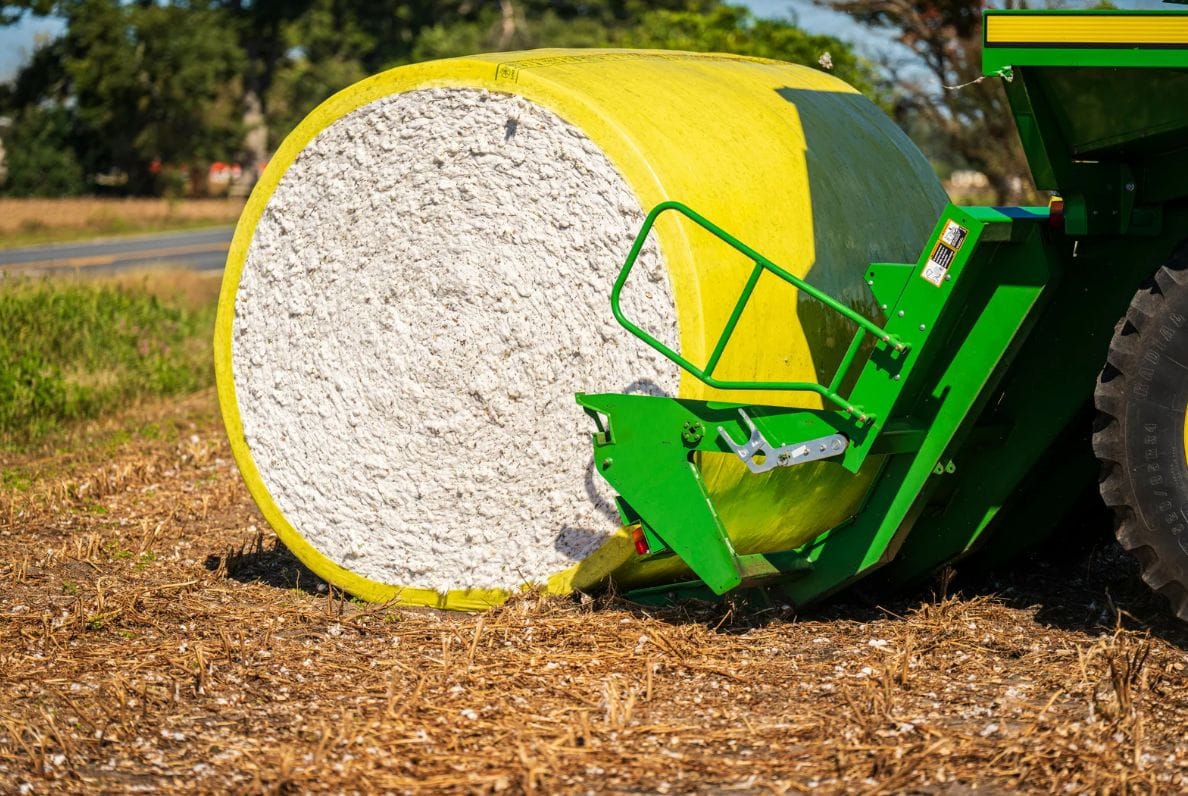
The global cotton supply chain—spanning from farms in India, China, and the U.S. to textile mills in Bangladesh, Vietnam, and Europe—relies on efficient packaging and transport logistics to deliver high-quality raw materials. As consumer demands for sustainability, cost-efficiency, and supply chain resilience grow, the industry is witnessing significant shifts in how cotton bales are packaged, moved, and tracked. This article explores key global trends reshaping cotton bale packaging and transport logistics, and their impact on stakeholders across the value chain.
1. Sustainability-Driven Packaging Innovation
Sustainability has become a central driver of change in cotton packaging, spurred by regulatory pressures and brand commitments to reduce plastic waste. Traditional non-biodegradable polypropylene (PP) wraps are increasingly being supplemented or replaced by eco-friendly alternatives.
Biodegradable wraps made from polylactic acid (PLA) or starch-based polymers are gaining traction, especially in Europe and North America, where plastic waste regulations are strict. These materials break down within 6–12 months in industrial composting facilities, eliminating post-use waste. Similarly, recyclable woven PP wraps—designed for collection and reprocessing into new packaging—are becoming standard in major cotton-exporting countries like Brazil.
Another trend is the adoption of “lightweight yet strong” packaging. Advanced woven fabrics with reinforced fibers allow for thinner wraps that use 15–20% less material while maintaining tear resistance, cutting both costs and environmental footprints.
2. Digitalization and Smart Logistics Tracking
Digital technologies are transforming cotton transport by enhancing visibility and reducing inefficiencies. Smart packaging solutions, such as RFID (Radio-Frequency Identification) tags and QR codes embedded in bale wraps, enable real-time tracking of shipments from gins to mills.
RFID tags store data on bale weight, moisture levels, origin, and quality parameters, which can be scanned at checkpoints (ports, warehouses, border crossings) to monitor condition and location. This minimizes loss, theft, and delays—critical for long-haul shipments via sea or land. For example, cotton exporters in West Africa now use RFID-enabled wraps to track containers bound for Asian mills, reducing transit time discrepancies by up to 25%.
Blockchain technology is also being piloted to create immutable records of a bale’s journey, improving transparency for brands seeking to verify ethical sourcing. Platforms like CottonConnect’s Traceability Suite integrate packaging data with blockchain to link cotton bales to specific farms.
3. Regional Adaptations to Climate and Infrastructure
Cotton packaging and logistics are increasingly tailored to regional challenges, from extreme weather to inadequate transport infrastructure.
In humid regions like Southeast Asia and the Indian subcontinent, moisture-resistant packaging is non-negotiable. Laminated PE (polyethylene) films with breathable membranes prevent mold growth during monsoon-season transport, while UV-stabilized wraps protect bales stored in open-air yards in Australia and the Middle East.
In areas with poor road infrastructure—such as parts of Africa and Central Asia—durable, crush-resistant wraps are essential. Reinforced woven PP wraps with double stitching withstand rough handling by trucks and carts, reducing bale damage rates from 30% to under 10%.
For landlocked cotton-producing countries like Uzbekistan, intermodal logistics (combining rail, road, and sea transport) are becoming more common. Standardized packaging—uniform bale sizes wrapped in stackable, pallet-compatible materials—streamlines transfers between transport modes, cutting costs by 15–30%.
4. Automation in Packaging and Handling
Automation is streamlining packaging processes at gins and warehouses, reducing labor costs and improving consistency. Automated wrapping machines—equipped with sensors to adjust tension and material usage—can wrap 50–60 bales per hour, twice the rate of manual wrapping. These machines also ensure uniform coverage, eliminating weak points that lead to damage.
In ports, automated forklifts and robotic palletizers handle cotton bales, reducing human error and injury risks. For example, the Port of Savannah (U.S.)—a major cotton export hub—has deployed automated stacking systems that increase warehouse storage capacity by 40% while speeding up loading/unloading times.
5. Resilience and Diversification of Transport Routes
The COVID-19 pandemic and geopolitical tensions highlighted the need for resilient transport networks. Cotton traders are now diversifying routes to avoid bottlenecks. For instance, U.S. cotton exporters, traditionally reliant on West Coast ports, are using Gulf Coast ports and rail links to ship to Europe and Asia.
Additionally, regional trade blocs are driving logistics integration. The African Continental Free Trade Area (AfCFTA) is investing in cross-border road and rail corridors, enabling easier movement of cotton bales between producing countries (e.g., Mali, Burkina Faso) and coastal export hubs (e.g., Senegal, Ghana).
Conclusion
Global trends in cotton bale packaging and transport logistics are defined by sustainability, digitalization, regional adaptation, and resilience. As the industry evolves, stakeholders—from farmers to brands—must embrace innovative packaging materials, smart tracking tools, and flexible logistics networks to remain competitive. These shifts not only improve efficiency and reduce costs but also align the cotton supply chain with global environmental and ethical standards, ensuring its long-term viability.

